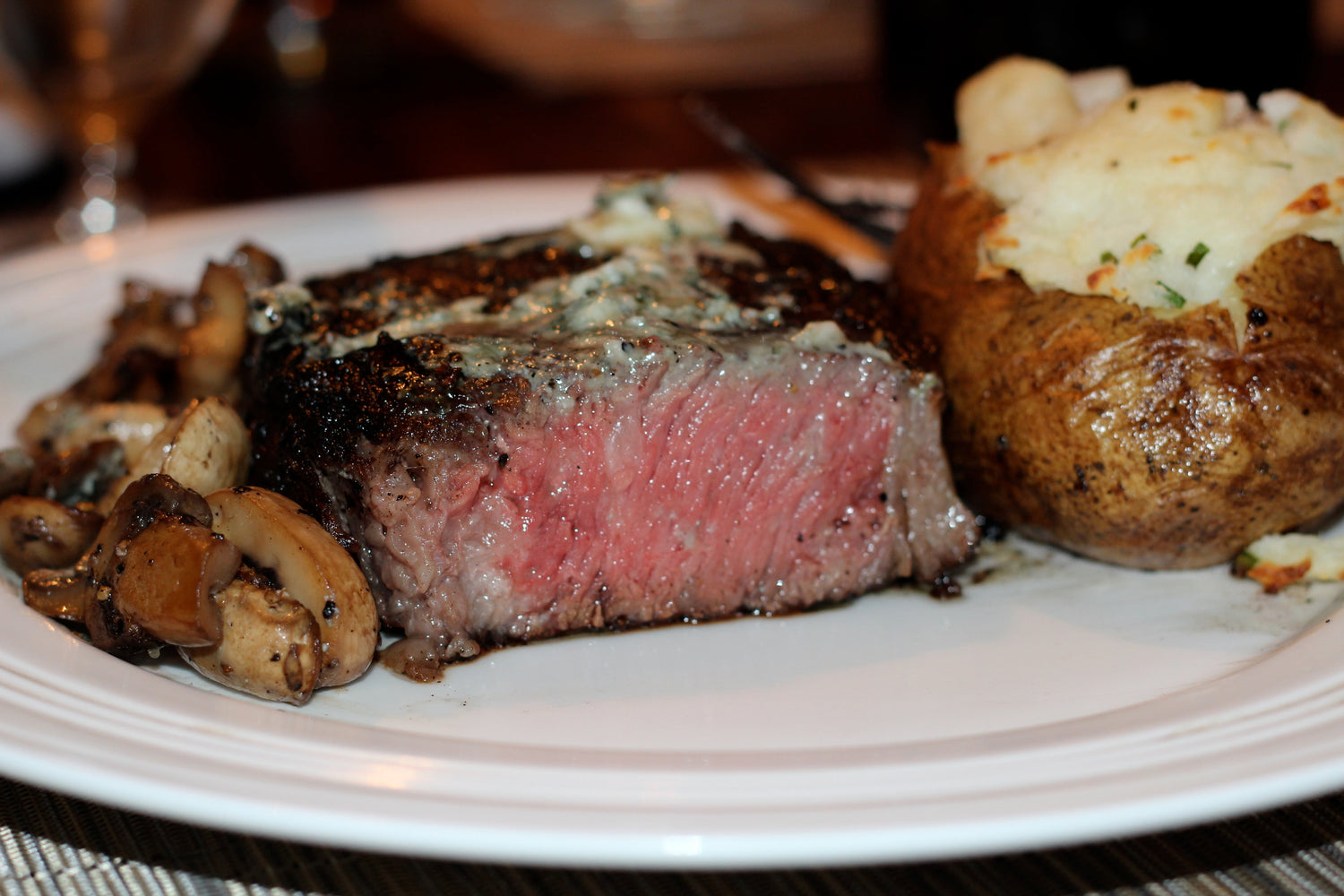“Vacuum packaged aging of beef typically implies ‘wet-aging.’ With much greater than normal moisture permeability, the vacuum-packaged bags in this study may dry age beef to increase yields, limit microbial contamination, and provide business management efficiencies without affecting product quality. Given the benefits of consumer preference for this uniquely flavored product and its greater value per pound, it’s clear why many top-end producers practice dry aging. Of interest for those processors and others who may wish to dry age beef, this research suggests that the new method would allow it to be more economically feasible.” (p. 678)
This was the conclusion of a Kansas State University Meat Lab study published in Meat Science in 2006. In the study entitled “DRY AGING OF BEEF IN A BAG HIGHLY PERMEABLE TO WATER VAPOR,” researchers Ahnstrom, Seyfert, Hunt, and Johnson established that our dry aging technology creates the distinctive depth of flavor and tenderness of the dry-aged steak.
The study showed that in every measure of taste and texture, steak aged with UMAi Dry® is comparable to traditionally open-air aged steak. The Kansas State study observed, "The lack of difference for most quality traits studied for traditional dry aging and aging in [these moisture-permeable bags] demonstrate the effectiveness of the novel dry-aging method.” Several purveyors have also said that the flavor of the bag of dry-aged beef is more palatable to consumers new to the dry-aged flavor--an unexpected potential market benefit.
UMAi Dry® technology does not require costly special facilities. For dry-aged steak lovers as well as steak processors without special facilities devoted only to dry aging, UMAi Dry® makes dry-aging a possibility. However, even for already established dry-aging facilities, the study notes that “aging in bags would provide processors increased inventory management efficiency and more flexibility of aging in coolers that may be used for other processes.”
When comparing the yields of traditional and UMAi Dry®-aged beef, meat aged with UMAi Dry® allowed for significantly less waste. Since the UMAi Dry® material protects the surface of the steak from air-borne contaminants while allowing for aging in a safe vacuum environment, waste is reduced. The depth of age is more controlled, the surface of the meat dries more consistently, and trimming is made easier by a somewhat softer surface. As the study states: “The advantages gained from higher yields without sacrificing sensory traits could be attractive for both large and small processors of dry-aged product.” Furthermore, for processors of dry-aged steak, the study suggests that “the greater yields from dry aging in a bag would have considerable positive consequences, in a s much as the cost of packaging probably would be more than offset by increased yields and decreased labor cost associated with trimming.”
We think now, as we did then, that this is very good news for steak lovers and the folks to provide them with the very best beef to enjoy.



